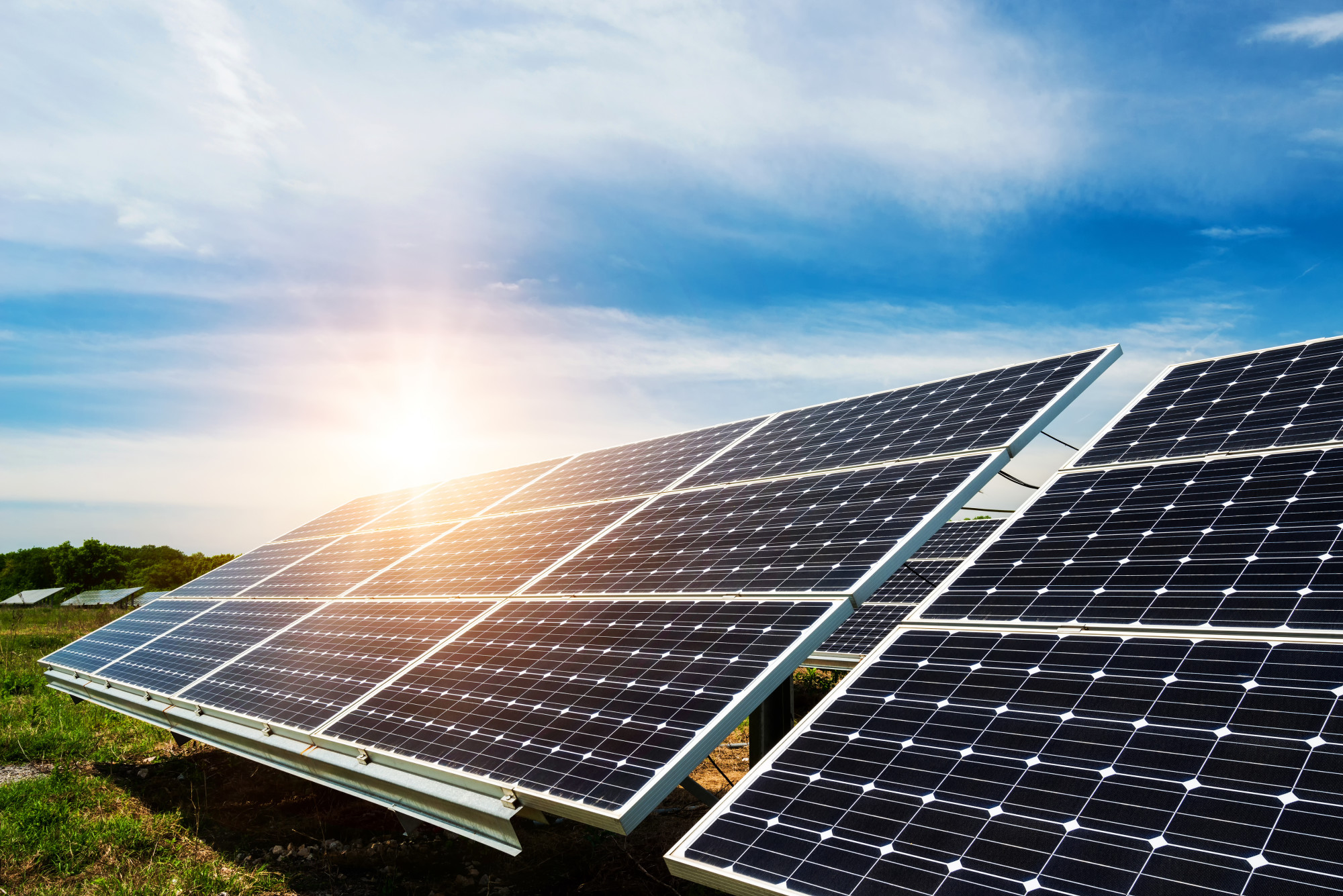
Did you know that three percent of U.S. energy comes from solar power? While this might seem like a small percentage, it’s growing every day. Are you ready to make the switch?
While you’re looking through your renewable energy options, you may come across passive and active solar energy. What’s the difference between passive solar energy vs. active solar energy anyway? Is one better than the other?
Let’s talk about it! Read on to learn all about these two types of solar energy.
What Is Passive Solar Energy?
Passive solar energy is less well-known than active solar energy, but its basic principles are simple.
Consider your apartment on a hot day. If you have large windows or a large patio door, the sun shines in and heats your apartment up, right? This is how passive solar energy works.
You don’t need any external devices, like solar panels, for passive solar energy.
For household passive solar energy, you can install special windows that will collect energy while the sun is shining. For larger-scale energy needs, solar energy professionals install large glass windows over empty spaces (similar to solar panels).
The downside of passive solar energy is that it’s more dependent on the weather than active solar energy. In hot weather, your building may overheat. It’s also less effective if it’s raining, snowing, or cloudy.
What Is Active Solar Energy?
Active solar energy is what most people think of when they’re considering getting a home solar system from a local solar company.
Active solar energy uses PV panels to collect and store power from the sun. It uses water or air as a conductor (unlike passive solar energy which requires no outside conductors).
Active solar energy is best for residential lighting and heating needs.
Passive Solar Energy vs. Active Solar Energy: Is One Better?
There are pros and cons to both passive and active solar energy. You can combine them to get the benefits of both.
The initial installation and maintenance of active solar panels can be expensive, even if you take advantage of the solar tax credit. While solar energy is clean energy, the conductors that the solar panels use to generate and store power can still release harmful chemicals (though they don’t compare to the toxins from non-renewable energy).
That said, solar panels are low-maintenance and they generate energy rain or shine.
Passive solar energy doesn’t require outside equipment and it’s more affordable than active solar energy. That said, it’s not as effective for home use and it’s too reliant on the weather for people in many types of climates.
With current technology, active solar energy is the best option for most households.
Are You Interested in Going Solar?
Passive solar energy vs. active solar energy: which will you choose for your clean energy needs?
If you’re interested in going solar and doing your part to help the environment, talk to a local solar company about your options. You’ll be able to discuss active and passive solar energy so you can make the right choice for your home.
For more helpful articles about the top trending topics, visit the rest of our site.



